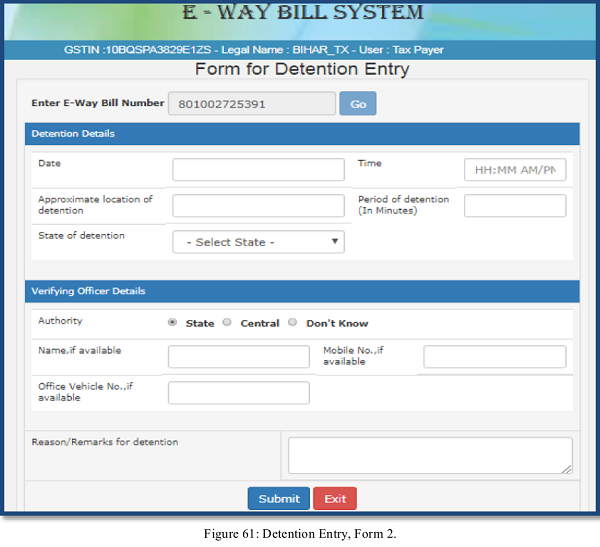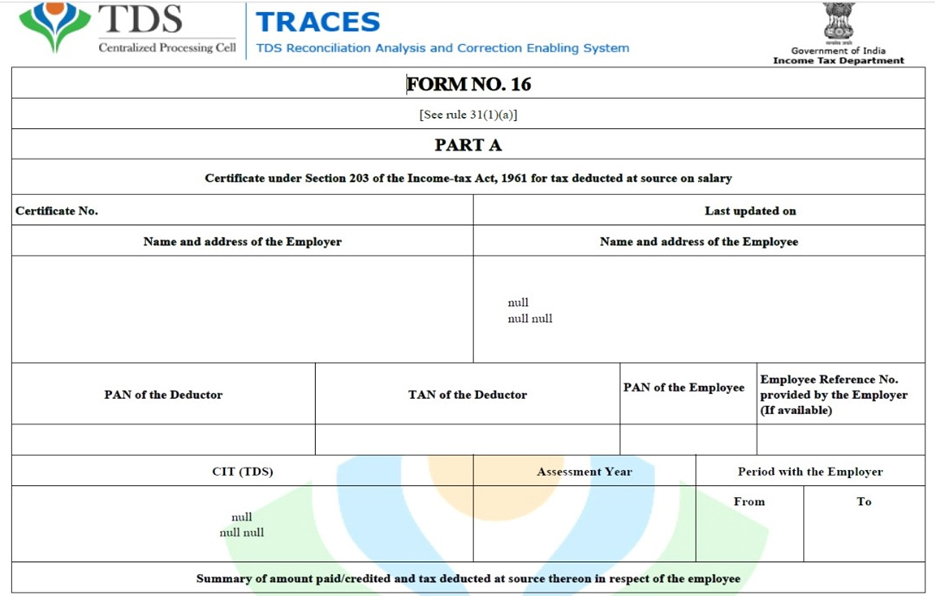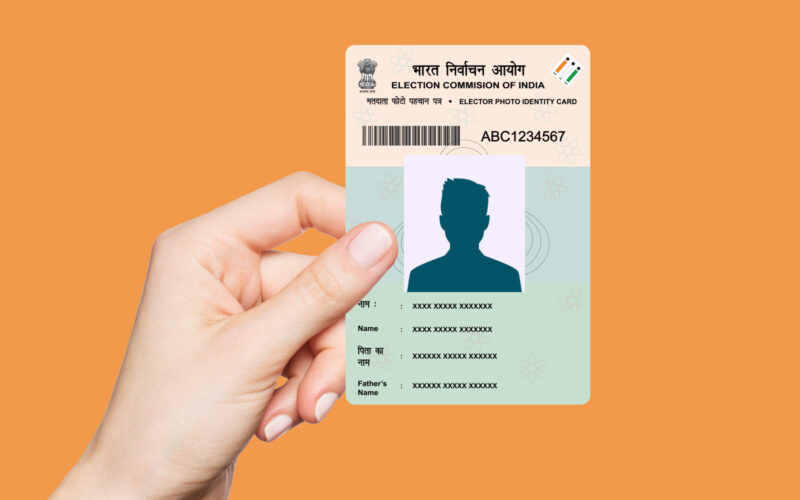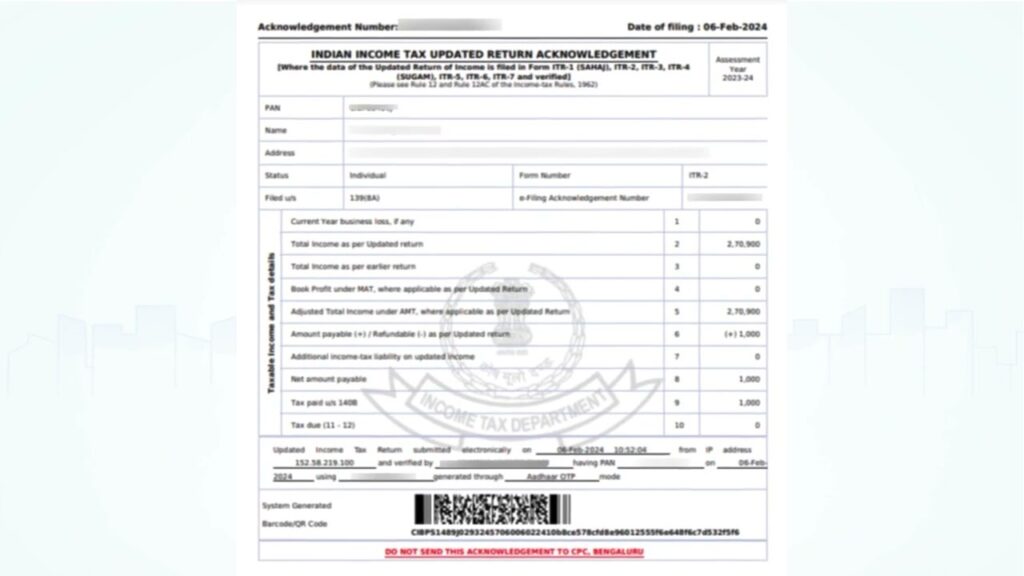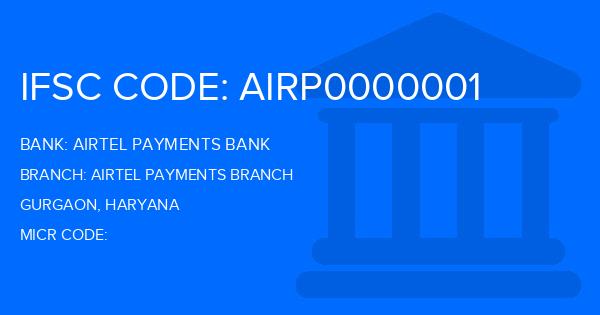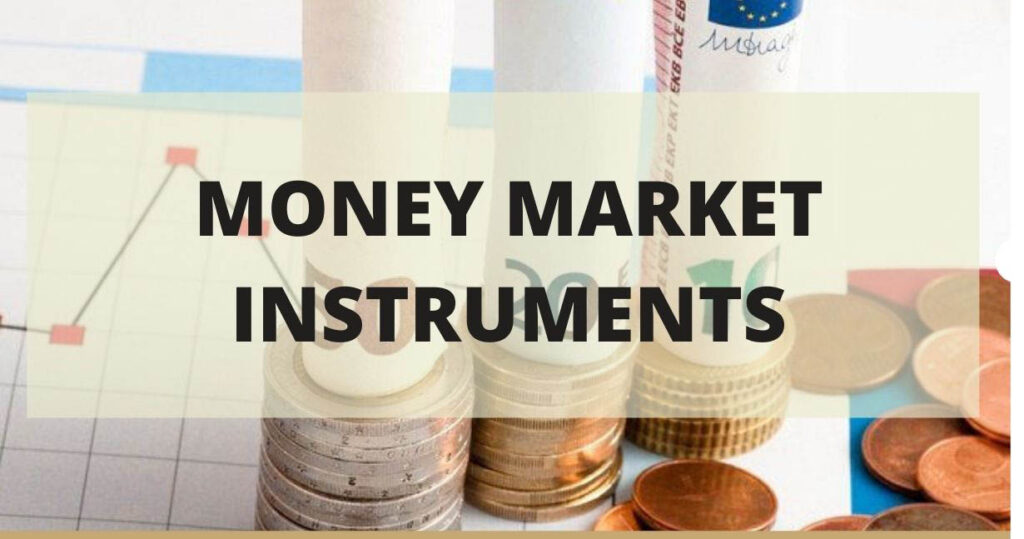Inspirational Quotes for Business
“Success is not final; failure is not fatal: It is the courage to continue that counts.” – Budweiser Advertising Copywriter “Opportunities don’t happen. You create them.” – Chris Grosser “Don’t watch the clock; do what it does. Keep going.” – Sam Levenson “The way to get started is to quit talking and begin doing.” – […]


